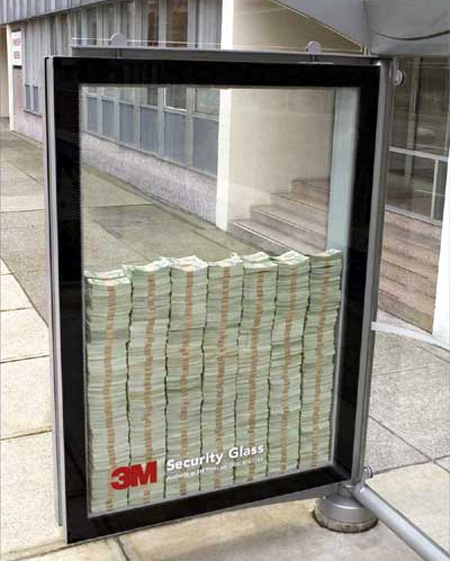1. What is the major effect of the Panopticon?
"To induce… a state of conscious and
permanent visibility that assures the automatic functioning of power."
The major effect of the panopticon is to create a sense of constant and conscious visibility upon the inmate. This will, in turn, solidify the automatic functioning of power. The arrangement within a panopticon creates a persistent surveillance system, which then deems the actual exercise of power unnecessary.
2. How does the architecture [institution] create and sustain a
power relation independent of the person who exercises it?
"The ‘prisoner’ knows himself to be observed…"
Bentham believed that power should be visible and unverifiable. The inmate will have a constant reminder of his position thanks to the tall outline of the tower before his eyes, the tower from which he is spied upon. Doors are nothing but zig-zag openings so to remove any incoming light or sound. This means the presence of an unseen guardian is never removed from the inmates thoughts.
3. In what way is the Panoptican efficient?
“he
who is subjected to a field of visibility … assumes responsibility for the
constraints of power … he becomes the principle of his own subjection”.
The panopticon system is efficient thanks to the fictitious relation causing a real subjection. It removes the need to use force when taming an inmate. All the inefficiencies that come with such a requirement, such as bars and chains, are replaced with the strategic placement of separations and openings. The fortress-like architecture of older lawful 'houses of security' is now a simple, economic geometry of a 'house of certainty'.
4. How does the Panopticism do the work of a naturalist (scientist)?
“It
makes possible to observe performances … to map aptitudes, to assess
characters, to draw up rigorous classifications …compare the time he takes to
perform a task … to calculate their wages”.
The panopticon allows naturalists to observe multiple participants or patients without contaminating results with the possibility of imitation, contagion and many more unwanted variables. It means workers can be monitored individually in order to check productivity or calculate wages. It is also, the perfect environment to assess characters and gives the opportunity to draw up rigorous classifications.
5. In what ways was the Panopticon a laboratory?
“It
could be used as a machine to carry out experiments, to … train or correct
individuals… to try out pedagogical experiments”.
Not only is the panopticon an ideal observatory, but also a laboratory. It could be used to alter behaviour, train people and even correct individuals. Manipulation and increased validity makes it the perfect arena to try out new medicines, to test different punishments and find the most effective ones.
6. List the conditions in which Panopticism strengthens power?
“It
can be exercised continuously in the very foundations of society, in the
subtlest possible way”.
The panopticon will only succeed in its goal of strengthening power if it can assure these two things. It must be able to be exercised, subtly and continuously within the core of society. It must also have the ability to function outside these discontinuous forms that are bound up with the exercise of sovereignty, despite their immediateness and violence.
7. According to Julius (1831) how is the panoptic principle
particularly useful in a society made of private individuals and the state?
“The
ever growing influence of the state, to its ever more profound intervention”.
Julius believed that the panopticon was not merely a piece of architectural innovation, but a revelation in the history of the human mind. He states that it is the emergence of a whole new society, one in which allows a multitude of men to spectate and inspect a small number of objects. This becomes useful in a society that is split between the individual and the state. This is thanks to the regulation of relations in a form that is the reverse of the spectacle. The panopticon effect allowed the state to observe a great multitude of men at the same time.
8. Also according to Julius, rather than suppress the individual,
what effect does the panoptic principle have?
‘The
individual is carefully fabricated’.
Despite the ever growing influence of the state, Julius states that the panoptic principle integrates the individual into our social order. He believes that the individual is, in fact, carefully fabricated in it, according to a whole technique of forces and bodies.















